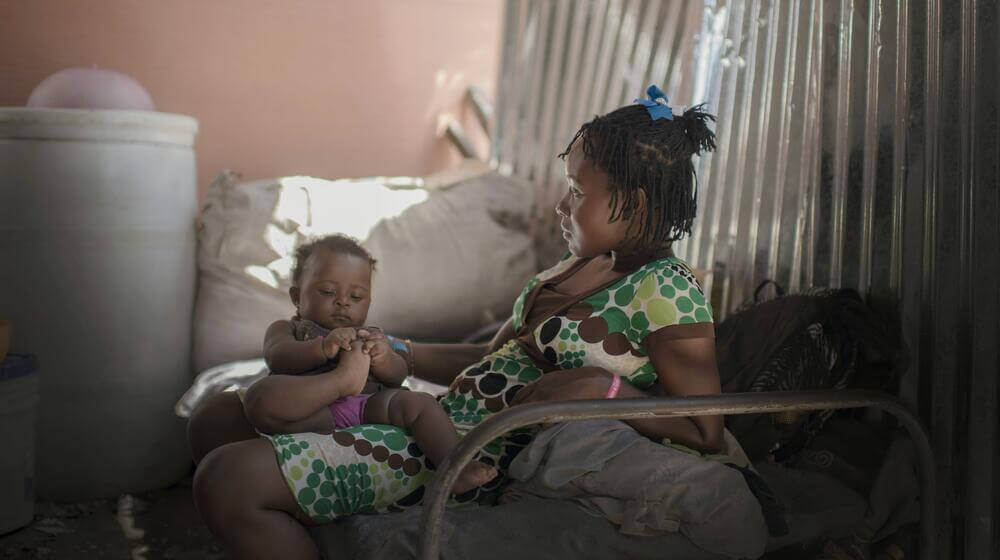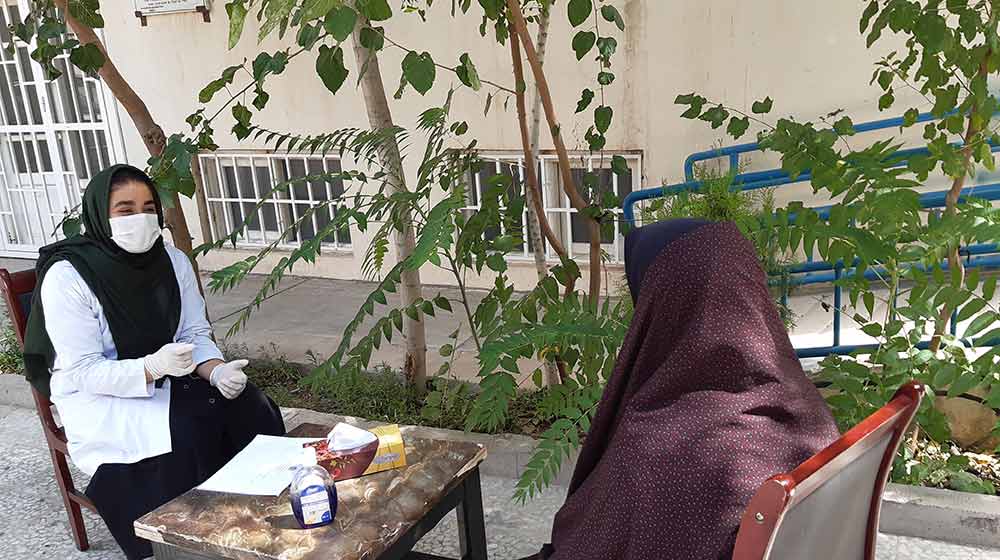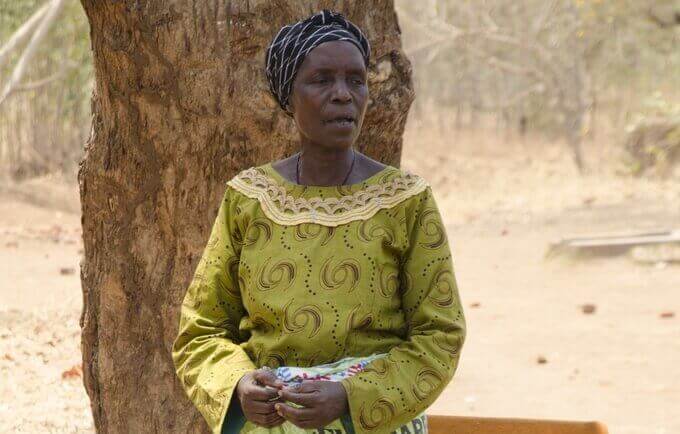What You Didn’t Know About Teenage Pregnancy

Over 250 million women around the world who wish to avoid pregnancy are not using modern contraception. This is a major contributor to the 121 million unintended pregnancies women and girls experience each year. At least 10 million of these are teen pregnancies in the developing world.
Though not every unintended pregnancy is unwanted, many teenage pregnancies result from girls’ lack of choice in their sexual and reproductive health and education. In fact, gender-based violence and income inequality, — both of which girls have no control over — are two of the leading contributing factors of teenage pregnancy today.
Pregnancy and childbirth complications are the single greatest cause of death for teenage girls. But, when girls can access education, they are better equipped to make informed decisions about their bodies and futures. Investing in girls means investing in brighter futures, stronger communities, and a better world.
Teen pregnancy and income inequality

Some parents arrange child marriages for their daughters for financial reasons. Parents may feel that marrying off their daughters will allow them to care for their other children and will put their daughter in the care of someone who can provide for her.
In Afghanistan, Mahgul explained her confusion when she became engaged at seven years old.
“My mother helped me into my new pink dress. She accompanied me to a room where four or five women had gathered. Some of them called me ‘little bride.’”
Later, when she was 14, Maghul was married. She recounts her wedding night.
“[It was] very difficult and painful,” Maghul says. “After one month, I became pregnant. It was the most difficult time for me, getting pregnant so young. I also began being physically and emotionally abused by my spouse and his family.”
The Child Bride Experience
Despite Maghul’s extremely young age, her experience is common. Child brides may face intense cultural pressure to have children and may not have the resources or agency to protect themselves from pregnancy. And, along with being more likely to experience violence at the hands of their partner compared to older mothers, young mothers are less able to break free from the cycle of poverty. This can lead to harm such as food insecurity and decreased education and career prospects for their children.
In Maghul’s case, the neglect and abuse she experienced led to her inability to care for her child. Her first baby starved to death at 18 months. She would go on to have six more children. Today, Maghul is receiving mental health support at a UNFPA clinic.
In the most severe cases of child marriage, parents engage in “serial marriages.” In Syria, for example, many families have experienced conflict and migration. The situation has gotten so bad that some girls are, “either forced to enter into a series of short-term marriages or worse, become unwilling participants in family-endorsed survival sex,” according to staff at a UNFPA center for women and girls.
Teen pregnancy and gender-based violence

One in five women report they were sexually abused as a child. One in three girls in some low- and middle-income countries report their first sexual experience as being unwanted or coerced. In places where fertility is desirable, girls can be subject to unwanted sexual interactions that lead to pregnancy.
In Malawi, for example, Chief Mwanza banned sexual initiation practices in her tribes. She describes the practices where a tribal dancer, “could come to pick a girl to have sex [with], and he would do that with all the initiates while wearing his mask to hide his identity.” UNFPA is working with community leaders like Chief Mwanza to end these practices.
Other Types of Violence
Girls may also be subject to reproductive coercion — a form of violence that actively interferes with one’s reproductive autonomy. This may look like contraceptive sabotage, such as “stealthing,” the nonconsensual removal of a condom during sex, or hiding birth control pills from a partner. Partners or even family members perpetrate reproductive coercion.
Elsewhere, when girls survive sexual assault or rape, customs dictate that they must marry their attacker. In Uganda, Irene was only 16 when a man raped her.
“In my culture, when a man rapes you, they must take you as their wife,” she says. “Otherwise, your family risks being cursed or struck by a bad omen.”
Girls like Irene feel shame for a situation they had no choice in. They are without the support of the people they trust most: their parents, their school officials, and their community leaders. For Irene, the ridicule became so harsh that she stopped going to school. Thankfully, she received support from a UNFPA program that aims to prevent teen pregnancy, end child marriage, and get girls back to school.
The dangers of teen pregnancy for mother and child
Complications from pregnancy and childbirth are the leading cause of death for teenage girls globally. Often, girls are not physically or emotionally ready to bear children. This is especially true if the girl has only recently gone through puberty.
In some areas, a girl’s first period is an indicator that she is ready for marriage and childbearing. This assumption puts girls at a higher risk of teen pregnancy and complications during pregnancy.
Compared to older women, pregnant teens are more likely to experience high blood pressure, postpartum endometriosis, infections, and postpartum depression. Girls also account for 25% of obstetric fistula cases, a debilitating condition where a tear in the birth canal leads a woman to leak feces or urine. Ninety percent of women who experience fistula also have a stillbirth.
Outcomes for children of teen mothers
The babies of teenage girls also have worse health outcomes. They face higher risks for low birth weight, preterm delivery, and newborn death. As children, they tend to have lower academic achievement and are more likely to begin childbearing early.
From the best data available, about 1 in 5 teen mothers will have a second child while still a child. This is a rapid repeat pregnancy and the health outcomes for these mothers and babies are even more dire.
Further, every year, 4 million pregnant girls have an unsafe abortion. The WHO finds that about half of all abortions are unsafe and the practice is one of the leading causes of maternal deaths.
Our Work with Teenage Girls
We work to provide teenage girls with access to family planning information and services, as is their right. Sexuality education is an important component of family planning, as myths about contraception can prevent girls from accessing the care they want.
For example, the most common reason women and girls cite for not using contraception when they want to prevent pregnancy is “fear and experiencing side effects.” In these cases, women and girls may instead rely on abstinence. However, less than half of women and girls who practice abstinence remain abstinent 12 months later. And, abstinence is ineffective in cases of sexual assault and rape, which can result in unintended pregnancy.
No girl should lose her education, her dreams, or her life because of unintended pregnancy. And, when a woman does decide to become pregnant, she should have the care she needs to be safe and healthy.